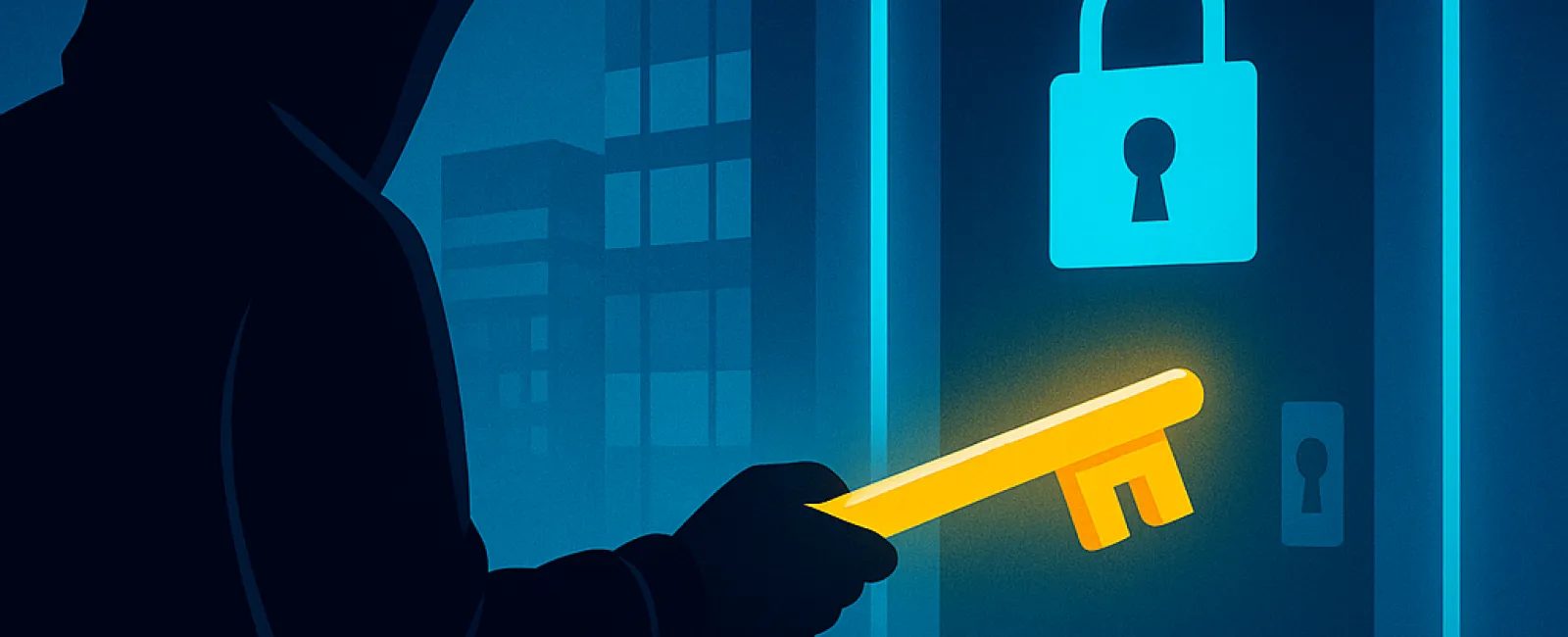August 04, 2025
Cybercriminals have evolved their tactics against small businesses. Instead of forcefully breaking in, they now sneak through the front door using stolen login credentials.
This method, known as an identity-based attack, has surged to become the leading way hackers infiltrate systems. They steal passwords, deceive employees with convincing fake emails, or bombard users with login requests until someone mistakenly grants access. Unfortunately, these strategies are proving highly effective.
One cybersecurity firm revealed that 67% of major security breaches in 2024 originated from compromised login credentials. High-profile companies like MGM and Caesars suffered such attacks the year prior — proving that if they're vulnerable, so are small businesses.
How Are Hackers Gaining Access?
Most breaches begin with something as simple as a stolen password, but the hackers' tactics are becoming increasingly sophisticated:
- Deceptive emails and counterfeit login pages that trick employees into revealing sensitive information.
- SIM swapping attacks that intercept text messages used for two-factor authentication (2FA).
- Multifactor Authentication (MFA) fatigue attacks that flood your phone with approval requests until someone inadvertently accepts.
Hackers are also targeting personal devices of employees and third-party vendors, such as help desks or call centers, to find hidden entry points.
Protecting Your Business Is Easier Than You Think
You don't need to be a cybersecurity expert to safeguard your company. Implementing a few key measures can significantly reduce your risk:
1. Enable Multifactor Authentication (MFA)
Add an extra layer of security during login. Prefer app-based or hardware security key MFA over text message codes for stronger protection.
2. Educate Your Team
Your employees are your first line of defense. Train them to identify phishing attempts, suspicious emails, and how to report potential threats promptly.
3. Restrict Access Privileges
Grant employees only the access they need to perform their duties. Limiting permissions minimizes damage if an account is compromised.
4. Use Strong Passwords or Adopt Passwordless Solutions
Encourage the use of password managers or advanced authentication methods like biometric logins and security keys that eliminate password reliance.
The Bottom Line
Hackers relentlessly pursue your login credentials with ever more inventive methods. Staying protected doesn't mean going it alone.
We're here to help you implement robust security measures that keep your business safe while making security seamless for your team.
Wondering if your business is at risk? Click here or give us a call at (949) 396-1100 to book your 15-Minute Discovery Call.



